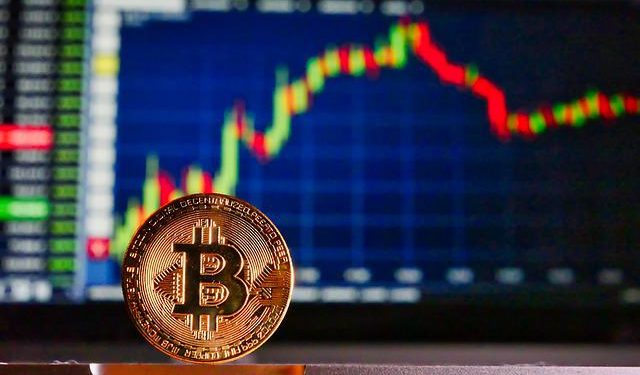Cryptocurrencies arose as a new and convenient way of operating and trading, attracting many people across the globe. But, as soon as they started popularizing, their stability became a concern.
In fact, Bitcoin, which is one of the most known cryptocurrencies worldwide, has been experimenting with volatility from the very beginning. Its price would rise or fall by tens of thousands of dollars within days.
Volatility events, far from being exceptional events, are actually a main characteristic of many cryptocurrencies, which normally tend to go through massive fluctuations in a short period of time.
Many financial analysts state that, volatile or not, investing in cryptos, such as Bitcoin, has been so far really profitable, considering that its value increased from $1 to $60.000 in a short period of time. But in the last few years, it has become clear their volatility has made them a high-risk investment in which you can either win big or lose it all.
In order to overcome stability issues, many investors have turned to Tether, a different cryptocurrency that is asset-backed and, as a consequence, works in a much more stable and predictable way.
If you are thinking of investing in Tether, keep reading this article to learn more about this crypto and why it is different to the other ones.
What is Tether?
Let’s start with the basics. Tether is a digital currency (or a cryptocurrency) that unlike many others is asset-backed, which means that they are immediately related to an object that has economic value in the market.
The fact that Tether is asset-backed turns it into a typo of stablecoin. Tether price is pegged to the American dollar and, therefore, its fluctuation is not associated with the cryptocurrency space.
In most cases, stablecoins are cryptocurrencies backed 1:1 by a real-world asset, but they can also be backed by algorithms and other cryptocurrencies. In the case of Tether, we are talking about a fiat-backed stablecoin, since its tethering to the USD.
Tether features considerably reduce the financial risks within the crypto scenario and that is the main reason why many investors have decided to turn to it in order to secure their assets from the current financial volatility that is affecting many other cryptos.
The fact that Tether is related to the American dollar is not only a safety measure that can be quite useful in a crypto crash event, but it also facilitates the liquidation of digital assets.
Why is Tether changing the crypto landscape?
The one thing that makes Tether different from other cryptocurrencies is that we are talking about a hybrid currency that takes the best of digital and traditional ones.
Many analysts see a promising future from Tether because it is the evolution from the current trading world to the new digital era and it has accomplished many monetary functions that were unfulfilled by other cryptos available.
Just by considering the three main functions of money, which are storing value, serve as a unit of account and a medium of exchange, we can state that Tether is able to fulfill them and that is one of the main reasons why many investors are looking into it.
Investing in Tether
Many people wonder whether it is a good idea to invest in Tether. There is no straight answer to that question, because in most cases it depends on each investor’s situation and expectations.
What is clear is that Tether is a good option for people who are starting in the cryptocurrency’s world, since it is quite stable, meaning that you won’t lose your money just by trading dollars to Tether. Thus, starting through Tether is a good way of getting familiar with the crypto market.
Aside from that, there are many things to consider before making the decision to invest in Tether. The volatility rate is especially important for traders since it allows them to speculate on what is the best currency to buy and sell everyday.
Another important factor is deviation from the American dollar. There is a difference between the price of exchange in which an asset can be traded to American dollars, for instance; and the price at which any crypto trades on an exchange. Understanding this difference is crucial, because the difference can be up to 10%.













































































